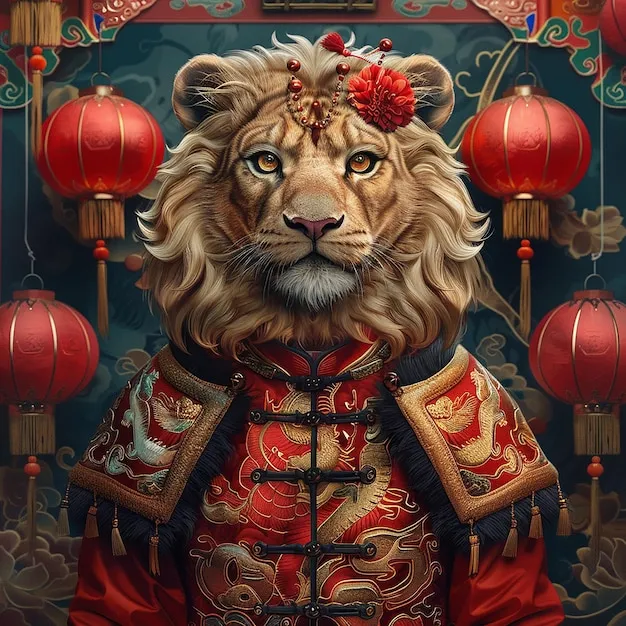Chinese New Year, also known as the Spring Festival or Lunar New Year, is one of the most important and widely celebrated festivals in Chinese culture. This annual event marks the beginning of the new year according to the traditional Chinese lunar calendar. It is a time for family reunions, feasting, and various cultural activities that symbolize luck, prosperity, and happiness.
History of Chinese New Year
The origins of Chinese New Year can be traced back thousands of years to ancient agrarian societies in China. The festival started as a way to celebrate the end of the winter season and to welcome the arrival of spring, which symbolizes renewal, growth, and new beginnings. Over time, Chinese New Year evolved into a time-honored tradition that incorporates a mix of religious, cultural, and social customs.
One popular legend surrounding the festival is the story of Nian, a fearsome mythical beast that would emerge on the eve of the new year to terrorize villagers. To ward off Nian’s attacks, people would hang red lanterns, set off firecrackers, and paste red paper cutouts on their doors. These customs eventually became integral parts of Chinese New Year celebrations.
Significance of Chinese New Year
Chinese New Year holds deep cultural and spiritual significance for the Chinese people. It is a time to honor ancestors, pay respect to deities, and seek blessings for the upcoming year. The festival is also a time to cleanse the home of bad luck and welcome good fortune through various rituals and traditions.
One of the most important customs associated with Chinese New Year is the reunion dinner, where families gather to share a hearty meal and exchange blessings. The meal typically includes traditional dishes that are believed to bring good luck and prosperity, such as fish for abundance, dumplings for wealth, and noodles for longevity.
Another key aspect of Chinese New Year is the practice of giving and receiving red envelopes filled with money. These envelopes, known as “hongbao,” are given as gifts to children, relatives, and friends as a symbol of good luck and prosperity. The color red is considered auspicious in Chinese culture and is believed to ward off evil spirits.
Celebrations and Customs
Chinese New Year is a time of joyous festivities that last for fifteen days, starting from the first day of the lunar new year. The celebrations are marked by a series of traditional customs and rituals that are meant to bring good luck and prosperity for the year ahead.
One of the most iconic symbols of Chinese New Year is the dragon dance, where performers dressed in elaborate dragon costumes dance through the streets to the beat of drums and cymbals. The dragon is believed to bring good luck and ward off evil spirits, making the dance a central part of the festival’s celebrations.
Fireworks and firecrackers are also a common sight during Chinese New Year, as they are believed to scare away evil spirits and bring good luck. The loud noises and bright lights are meant to create a festive atmosphere and usher in the new year with joy and excitement.
Other customs associated with Chinese New Year include cleaning the house to sweep away bad luck, decorating with red lanterns and paper cutouts for good fortune, and paying respects to ancestors at family altars. Each of these traditions plays a significant role in ensuring a prosperous and auspicious start to the new year.
Conclusion
Chinese New Year is a time-honored tradition that holds deep cultural and spiritual significance for the Chinese people. The festival’s rich history, customs, and rituals serve as a reminder of the importance of family, tradition, and community in Chinese culture. As we usher in the new year with joy, hope, and prosperity, let us embrace the spirit of Chinese New Year and celebrate the arrival of spring with open hearts and minds.
#History #Significance #Chinese #Year

